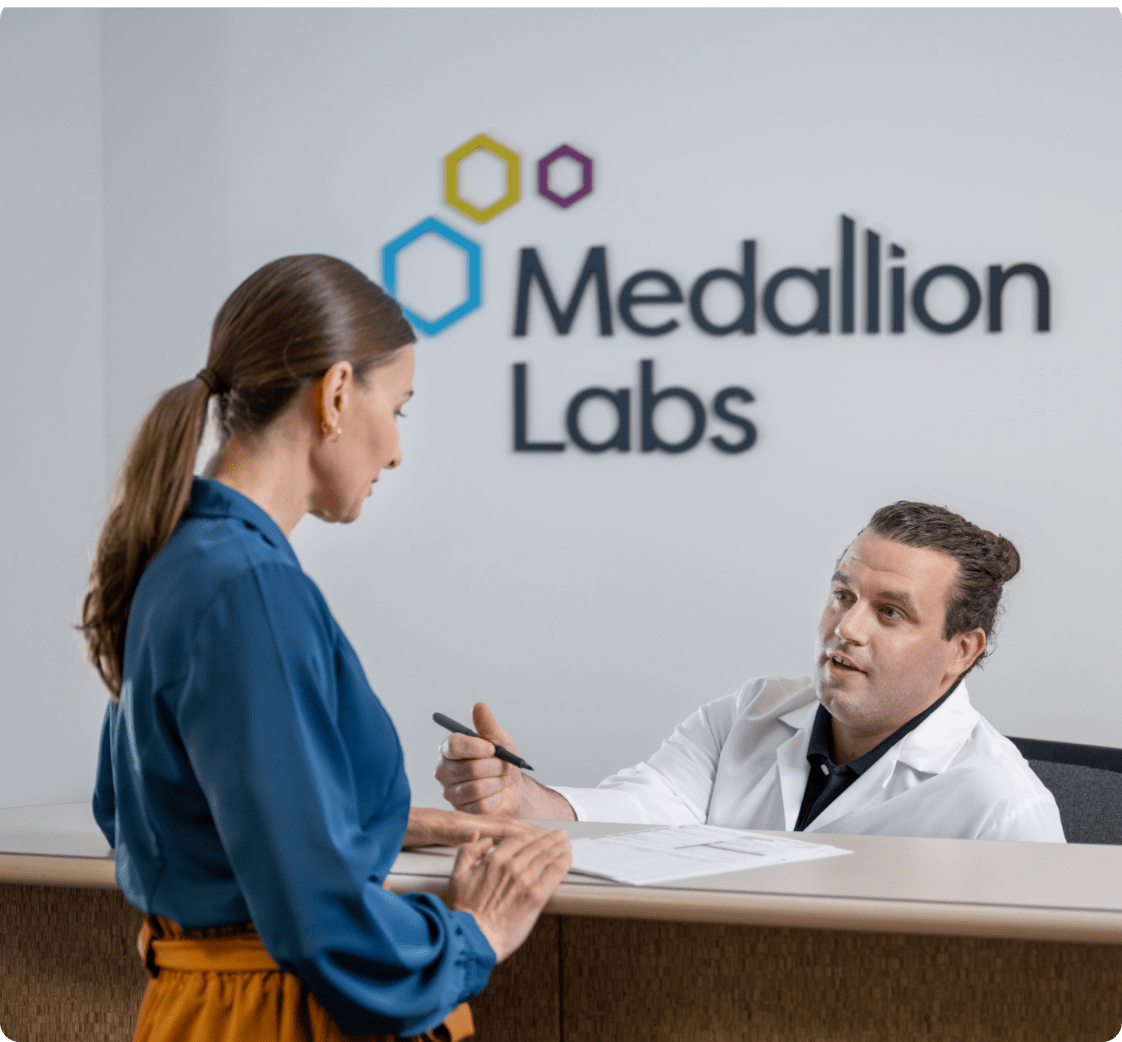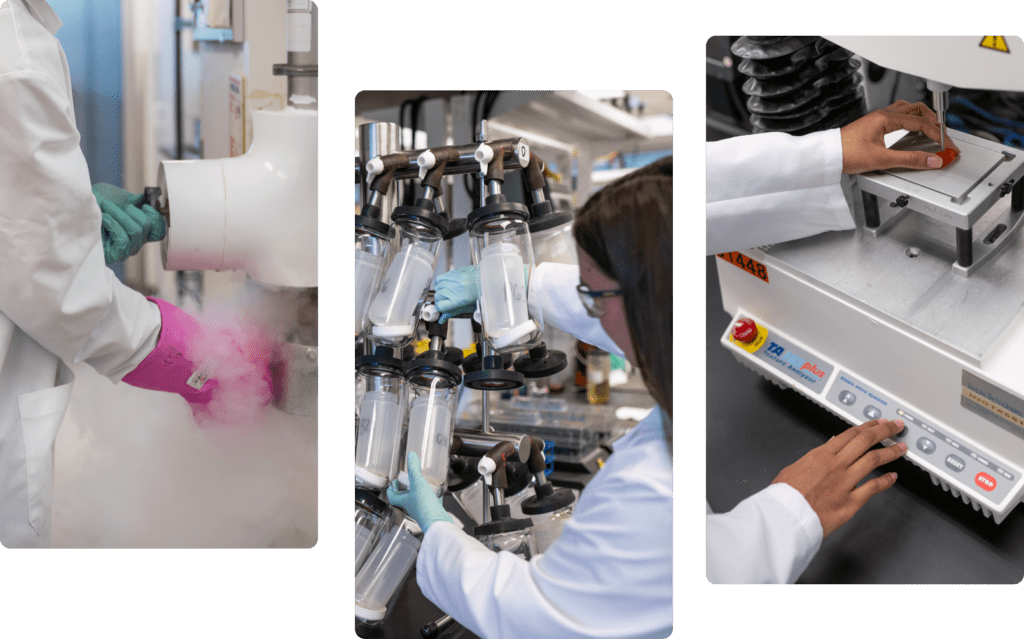Fat by Gas Chromatography Test
- Price
$250 per analysis
- Turnaround time
7 - 9 Business Days
- Rush
Available


Technical data sheet
- Method description
This analysis defines the breakdown of fat in terms of Total Fat, Saturated Fat, Monounsaturated Fat, Polyunsaturated Fat and Trans Fat. Total fat is reported as triglycerides; saturated, monounsaturated and trans fat are reported as fatty acids (as per NLEA regulations). Lipids are extracted from food stuffs by conventional Mojonnier techniques. The resulting residues are then transesterified to form fatty acid methyl esters (FAMEs). The FAMEs are then quantitated using capillary column gas chromatography.
- Acceptable matrices
Food and Food Ingredients
- Unacceptable matrices
Paprika oil, gums
- Limit of quantitation
0.01%
- Equipment
Gas Chromatograph with Flame Ionization Detection
- Method reference
AOAC 996.06 (see also 920.39C, 983.23, 933.05, 948.15 Fat in various food stuffs) House, S.D. et. al. JAOAC Intl, 77, No. 4 (1991), 960. DeVries, J.W. et.al. JAOAC Intl, 82, No 4 (1999), 1146
- Reportable unit
%
- Sample size requirements
5 g
- Information required by submitter
For efficiency in processing your sample for analysis, please let your customer service representative know if your sample contains a large percentage of any one particular fatty acid.
- Additional information
This test is ISO/IEC 17025 accredited through A2LA, Certificate # 2769.01. The testing method assumes the presence of fat as a triglyceride and calculates total fat using the measured FAME values and an assumed glycerin backbone. As the method is designed to measure triglyceride content, the accuracy of the total fat value may be affected in samples containing significant levels of monoglycerides, diglycerides and phospholipids. There are two Fat tests which should be ordered for Dairy products with regard to food labeling. The first test is Fat by Gas Chromatography which is used for the Nutrition Facts Panel values for listed fats. The second test is Fat Dairy which is total fat determined by the Roese-Gottlieb official method (gravimetric). This Fat Dairy, Roese-Gottlieb, method is required by the Code of Federal Regulations (CFR) for use in labeling milk-fat content. This would be for the (skim, whole, low, etc.) labeling claim for milk fat that goes on the front of the product package. This method includes specific calculations appropriate for nutrition labeling under the NLEA regulations. Total fat is calculated as triglycerides. The sum total of Omega 3 fatty acids DHA and EPA are calculated separately and highlighted in this report.
Common Fat by Gas Chromatography Test Testing Questions
We make every effort to keep our methods and detection limits up to date according to the latest standards and qualifications. If you have any questions regarding the limit of detection/quantification or method references, please contact our Customer Service team at 1-800-245-5615.
Our standard turnaround time is 10 business days for most assays. There are some assays that require a longer turnaround time. We also offer a RUSH service that is half the time of the standard turnaround time of the assay at double the cost of the assay. A few assays that we provide cannot be rushed due to the nature of the test. Please check the specific assay you are interested in regarding the ability to RUSH the turnaround time.
For most samples, we can detect down to 0.01% for fats and fatty acids.
Fat by GC tends to be a very accurate method for fat testing, especially compared to crude fat testing. Other methods, such as Crude Fat, rely on a gravimetric approach with a solvent that dissolves fat and other lipid-like substances. Depending on the sample type, this could result in a higher estimate for fat due to other compounds impacting results, and the crude fat tests have no way to identify the specific types of fat.
Cost-wise, the Fat GC test is more complex and is higher in cost than the crude fat testing. Both tests have similar turnaround time options.
The Fat by GC test is appropriate for a wide variety of samples, including dairy products, low-fat samples, pure fats/oils, and samples that contain high fiber. Typical food products do not pose significant challenges to the testing. For a specific list of compounds that cause issues, please refer to the tech data sheet.
Our food testing experts are here to help.
"*" indicates required fields

Helpful content related to Fat by Gas Chromatography Test
Submit your order online and ship your samples today. If you have questions, we are always here to help.
A food testing program designed with mid-market and enterprise food and ingredient manufacturers in mind.
